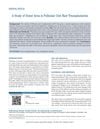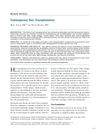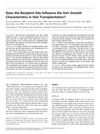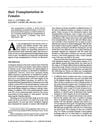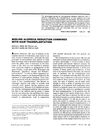The Techniques and Methods of Hair Transplantation
November 2018
in “
Springer eBooks
”
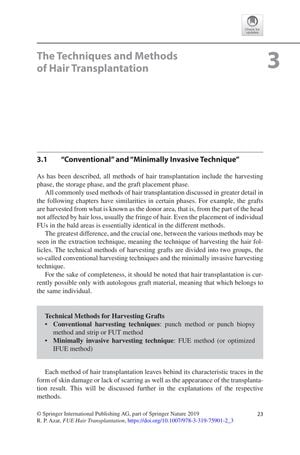
TLDR The document concludes that hair transplant methods are often selected for provider convenience over patient benefit, highlighting the need for less invasive techniques and careful physician involvement for better results.
The document from 2018 reviews various hair transplantation techniques, particularly focusing on the differences in graft harvesting methods such as the punch, strip (FUT), and FUE methods. It criticizes the punch method for its poor cosmetic results and high scarring, while noting that the strip method, despite being used in over 90% of transplants, has drawbacks like scarring, trauma-induced hair loss, and imprecise graft numbers. The document also points out that splitting follicular units in the strip method can lead to lower survival rates and delayed growth. It emphasizes the importance of physician involvement in critical tasks like incision making and graft placement, which significantly affect the transplant's success. The document concludes that conventional methods are often chosen for provider benefits rather than patient outcomes and underscores the aesthetic and medical risks involved in hair transplantation, advocating for less invasive methods and physician oversight to ensure optimal results.
